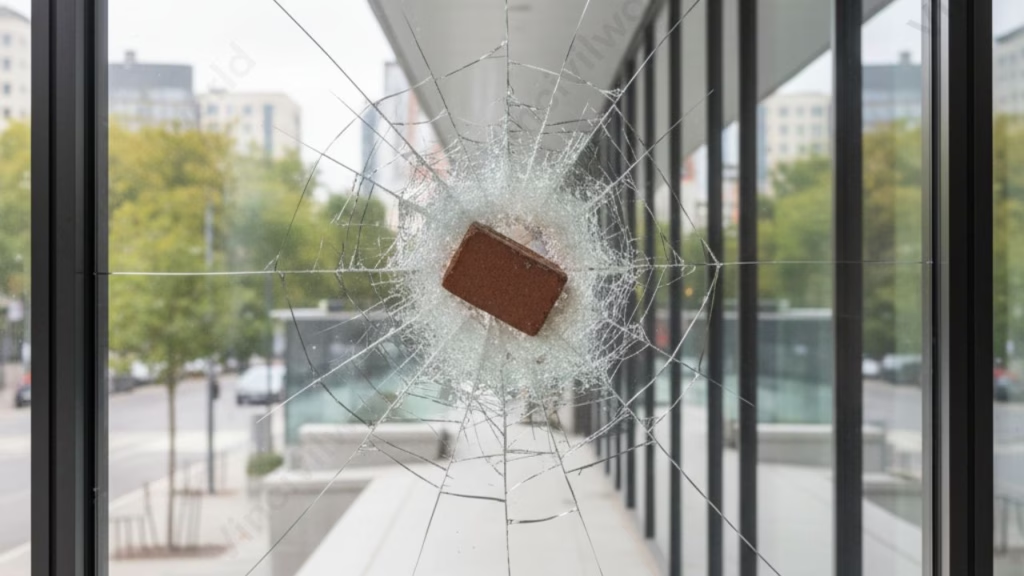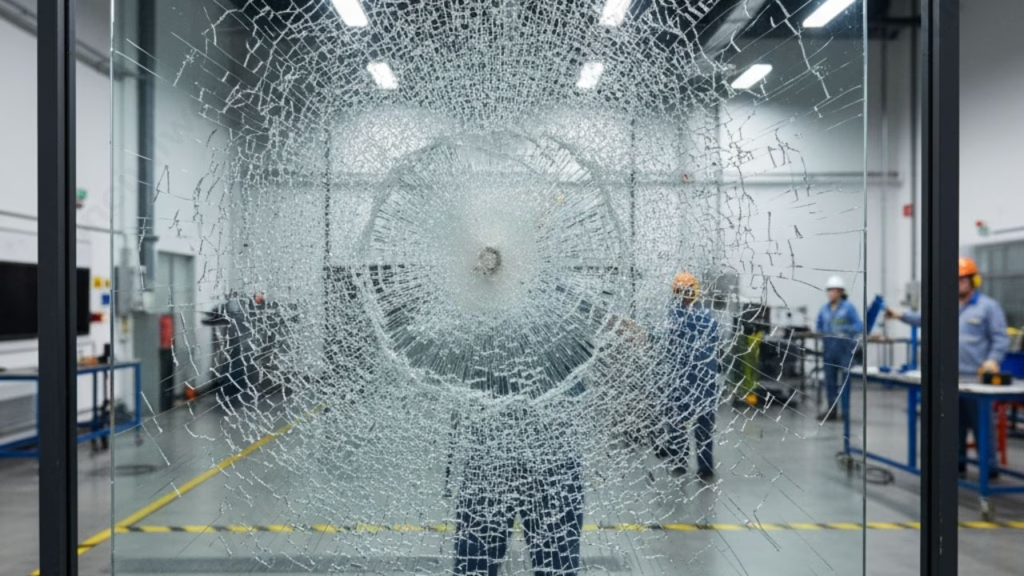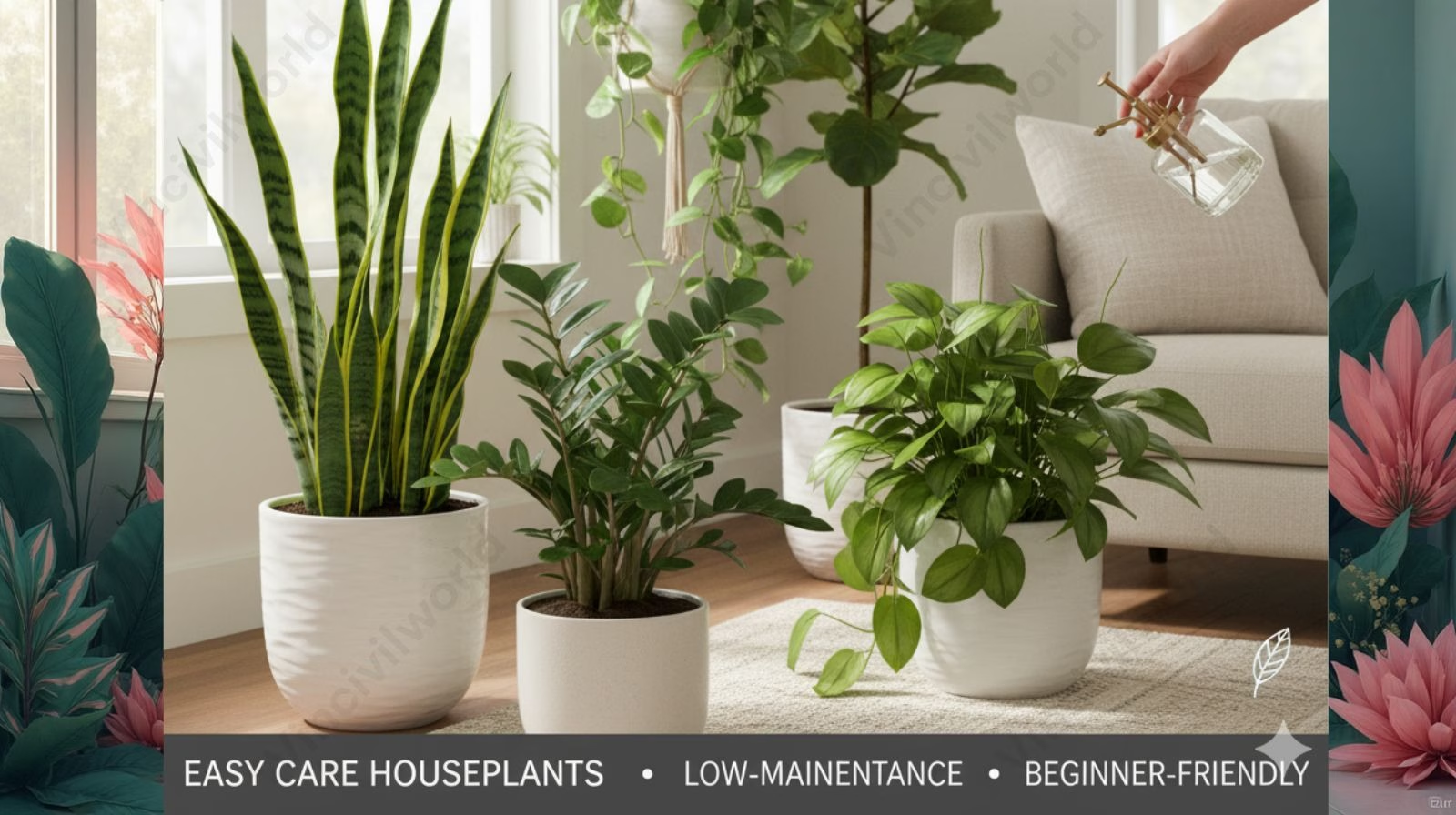Types of glass play a crucial role in architecture, design, and engineering, offering diverse solutions for strength, safety, and aesthetics. Understanding the different types of glass helps professionals choose materials that balance beauty and functionality. From transparent facades to energy-efficient windows, each type serves a unique purpose. The glass types and uses vary widely—some provide insulation and noise reduction, while others enhance security or design appeal. Common types of glass used in buildings include float, laminated, tempered, and tinted glass, each engineered for specific conditions. Meanwhile, the types of glass materials used in manufacturing and construction are evolving with technology. The types of safety glass ensure protection against impact and breakage.
In this article, we will discuss the main types of glass, their characteristics, applications, and benefits across modern architectural and industrial uses.
The flexibility of usage of glass in architectural applications like doors, windows, facades, etc. makes it one of the popularly used products in the construction sector. This article is about the manufacturing process of glass, and major glass types used in construction and architecture applications.
Table of contents
Manufacturing process and properties
Glass manufacturing follows the fusion process method which involves fusing sand with grounded lime, soda, and other admixtures etc., and cooled to form glass. Glasses are transparent, translucent, or brittle. Following are the basic properties of glass that make it one of the most preferred and popular architectural choices.
- Transparency: Glass is transparent from both sides or one side.
- Strength of glass: Enhanced to any level by adding admixtures and laminates.
- Workability of glass: Glass is flexible and possible to mold to any shape or even blown in the molten stage.
- Transmittance end U value: Can control temperatures and extreme climatic conditions.
- Glass is 100% recyclable
Different types of glass and uses
There are mainly three types of glass
- Annealed glass
- Heat-strengthened glass
- Toughened glass.
Types of glass used in buildings
Types of glass used in buildings play a vital role in aesthetics, safety, and energy efficiency, offering versatile options for modern architecture and sustainable construction solutions. The types of glass are as follows.
Annealed
Annealed glass is popularly known as float glass or conventional glass. Ingredients like sand, grounded lime, admixtures are mixed and cooled for manufacturing annealed glass. Float glass has a perfectly flat, brilliant surface with optical clarity.
Different types of float glasses popularly used in the construction sector are as follows.
Applications
- Annealed glass uses include application as table-tops. They infuse your room with an elegant and spacious look.
- Used for external facades due to crystal clear vision. It can provide you with natural daylight and improve ventilation
- Used for external walls and can absorb 30-45% of the sun’s heat to enable greater comfort.
- Doors, windows and shower screens
Clear /Float glass
Clear glass is a clear and transparent annealed glass. They got a natural greenish color. Clear glass is extensively used for architectural applications involving doors, windows, solar applications, shelves, etc. Other glass types use clear glass in their manufacturing process.
Tinted
Tinted glass is manufactured by adding small amounts of metal oxide to the glass ingredients. These ingredients regulate the transmission of solar energy and modify the color without changing the basic properties of the glass.
Frosted
Frosted glass is a translucent annealed glass type manufactured using sandblasting or acid etching techniques. This gives a pitted and rough surface with foggy appearance.
Types of safety glass
Types of safety glass are essential for modern structures, providing strength, protection, and durability. These types of safety glass enhance building safety while maintaining clarity and design flexibility.
Heat Strengthened glass
Heat strengthened glass follows heating of annealed glass to a temperature of around 650-700 degree. The cooling process is much slower than the process used in the manufacturing process of tempered/toughened glass.
Heat-strengthened glass is a semi-tempered glass. It retains the normal properties of ordinary float glass. Heat strengthening adds strength to the glass by inducing surface compression and limiting the breakage chances. For heat strengthened glass the compression induced is in the range of 6000 to 9000 psi. However compression induced is around 11000 to 20000 psi in the case of fully tempered/toughened glasses.
- Heat strengthened glass provides necessary resistance to heat build up during external applications.
- Heat-strengthened glass differs from tempered glass in surface compression and possess mechanical strength of about 1.6-2 times that of annealed glass.
- These glass got excellent thermal stability, whereas its flatness and light transmission is equal to that of annealed glass and much better than that of tempered glass.
- Three times more resistant to thermal stress in comparison to normal annealed glass.
- It can withstand temperature difference of 100°C (in range of 50°C to 150°C) when compared to ordinary annealed glass which can withstand up to 40°C.
- Heat strengthened glass is less susceptible to spontaneous breakage.
Toughened glass
Tempered or toughened glass is a type of safety glass processed by controlled thermal or chemical treatments to increase its strength compared with normal glass. Tempering puts the outer surfaces into compression and the interior into tension. Such stresses cause the glass, when broken, to shatter into small granular chunks instead of splintering into jagged shards as ordinary annealed glass does. The granular chunks are less likely to cause injury.
Toughening does not alter the basic characteristics of normal glass like light transmission and solar radiant heat. They possesses high thermal strength, and can withstand high temperature changes up to 250°C.
Advantages
Let us have a look into the advantages of toughened glass that makes its superior to ordinary glass.
- Strength and safety : Toughened glass is extremely strong and can counter any temperatures and climatic changes and are less likely to break.
- Scratch proof : Toughened glass is scratch proof and capable of maintaining the sheen and elegance of structures for years.
- Heat resistance : Normal glass may crack in high temperatures where as the toughened glass manufacturing process involves heat tempering and hence capable of resisting high temperatures.
- Design flexibility : Toughened glass got several design options like frosted, translucent, coloured, laminated options.
Key Takeaways
- Types of Glass significantly impact architecture and design by offering diverse solutions for strength, safety, and aesthetics.
- The main types of glass include annealed, heat-strengthened, and toughened glass, each with unique properties.
- Manufacturing glass involves fusing materials like sand and lime, resulting in transparent, strong, and recyclable products.
- Annealed glass is suitable for applications like windows and facades, while toughened glass enhances safety and durability in modern structures.
- Heat-strengthened glass provides extra thermal resistance and is less prone to spontaneous breakage compared to ordinary glass.
Conclusion
In conclusion, the various types of safety glass play a vital role in ensuring both safety and style in modern construction. Whether it’s tempered glass, laminated glass, or toughened glass, each type of safety glass provides unique benefits such as strength, impact resistance, and protection against breakage. These types of safety glass used in buildings not only enhance structural safety but also contribute to energy efficiency, sound insulation, and visual appeal. From skyscrapers and commercial spaces to homes and facades, safety glass applications continue to expand. By understanding the types of glass available and their specific properties, architects and builders can choose the most effective solutions for durability, performance, and design excellence in today’s evolving construction landscape.







One thought on “Types of glass – Application and advantages”
Comments are closed.